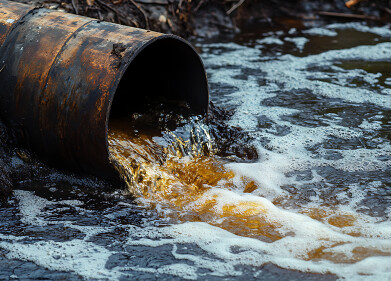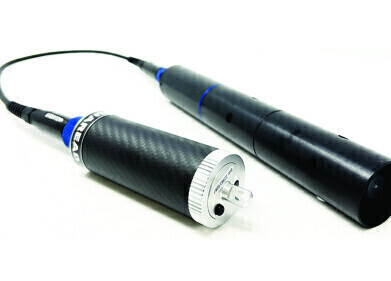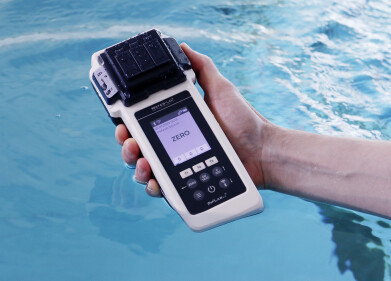Water/Wastewater
Meet the Robot Fish Super Hero!
May 01 2015
When there’s something pollutant in your (underwater) neighbourhood, who are you going to call? Robot super fish!
Researchers at the Singapore-MIT Alliance for Research and Technology (SMART) have come up with an ingenious new robotic design to help save countless fish from water pollution and harmful algae. The autonomous robots, which behave and appear almost exactly like real-life stingrays, have been developed to monitor levels of pollutants and other dangerous elements in the sea and relay the information back to the research centre, where appropriate action can be taken.
From Catastrophe Comes Ingenuity
Though robotic water analysis technological has been developed in the laboratory for years, this particular prototype was prompted in response to a natural disaster which took place earlier this year. In February, 500 tonnes of local fish were killed just off the north shore of Singapore due to a bloom of harmful algae.
With the inception of SMART’s robot fish, hopefully such tragedies can become a thing of the past. “Plankton bloom occurrences are very difficult to prevent, but it is possible to reduce the impact. Farmers [need] to take mitigating measures early,” explained Mohamad Maliki Osman, the Minister of State for Natural Development of Singapore.
As well as being used to monitor pollution levels and harmful algae, the fish could also detect leaks from industrial plants – or even could be deployed in an academic setting.
A Great Leap in Technology
The fish belongs to the field of soft robotics, which are a booming industry of robotics which use silicon or other soft, flexible materials. The use of such materials offer considerable advantages in flexibility, manoeuvrability and resilience – not to mention a severely-decreased cost.
For the same price as creating one traditional robotic monitor, SMART is confident they will be able to produce as many as 100 fish using the new technique. Furthermore, the stingray has dispensed with problematic air bubbles inside its inner casing, meaning that it can delve to deeper depths without being adversely affected by increased pressure.
Science Mimics Nature
It’s not the first time that scientists have copied Mother Nature to learn more about her inner workings and the state of her health. On dry land, soil-monitoring apparatus which resembles plant roots has been developed by a research group at the Italian Institute for Technology (IIT). The research project, nicknamed PLANTOID, aims to learn more about plant roots and their adaptive qualities to soil by mimicking them.
Meanwhile, in more subversive use of similar underwater technology, the United States Navy has developed a robotic spy vessel, which looks just like a giant tuna, to infiltrate hostile waters. The prototype tuna will be tasked with gathering reconnaissance, responding to threats and scanning for explosives.
Digital Edition
AET 28.4 Oct/Nov 2024
November 2024
Gas Detection - Go from lagging to leading: why investment in gas detection makes sense Air Monitoring - Swirl and vortex meters will aid green hydrogen production - Beyond the Stack: Emi...
View all digital editions
Events
Dec 02 2024 London, UK
Dec 03 2024 Dusseldorf, Germany
Dec 11 2024 Shanghai, China
Jan 12 2025 Abu Dhabi, UAE
Jan 14 2025 Abu Dhabi, UAE








.jpg)










